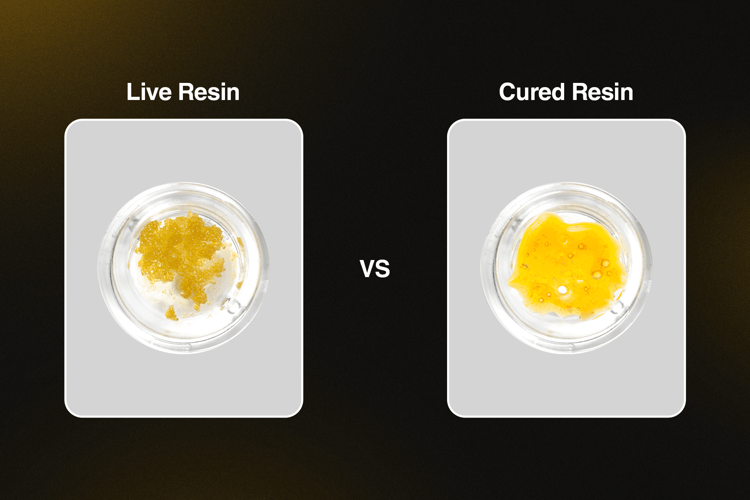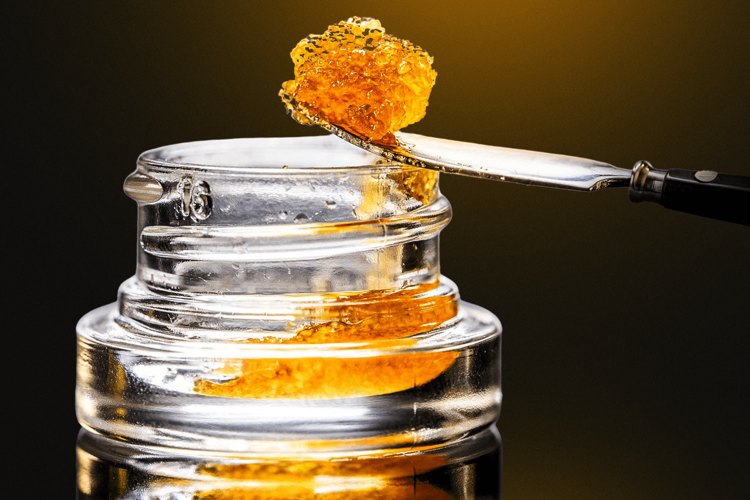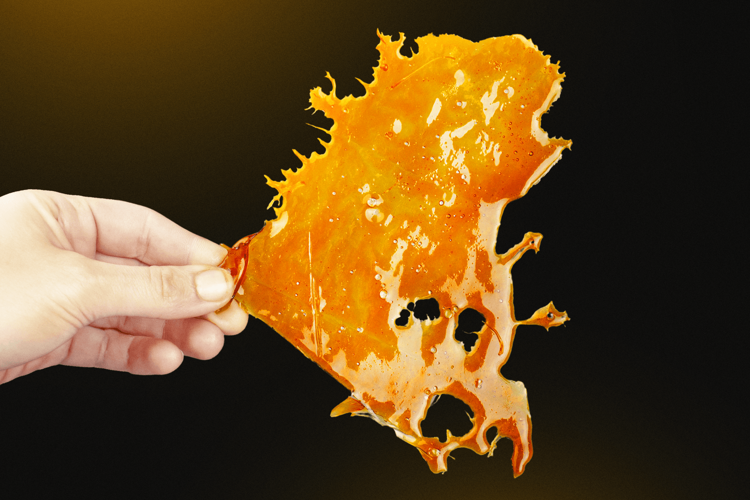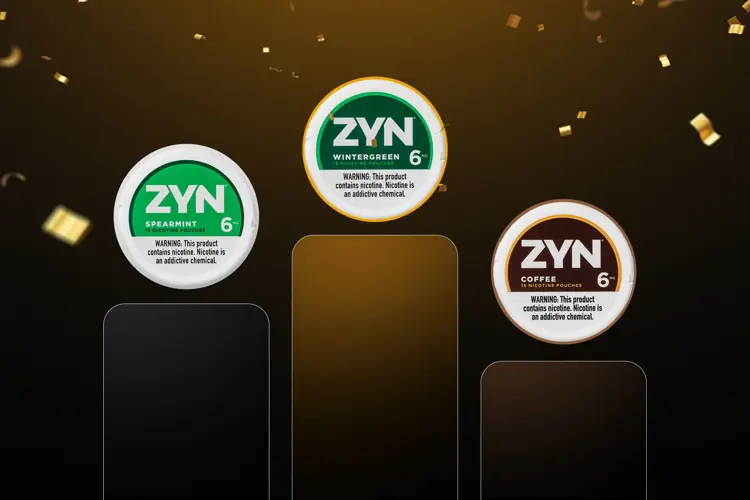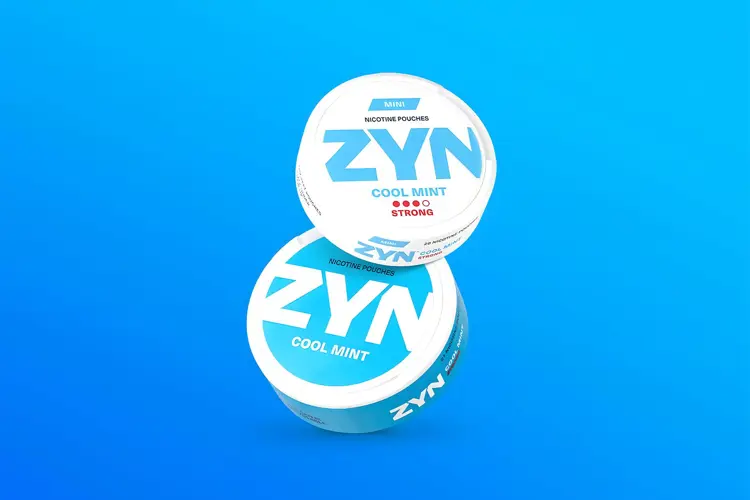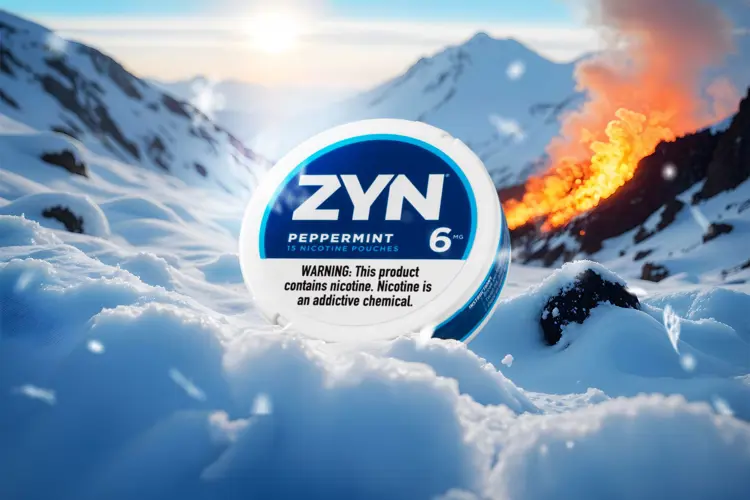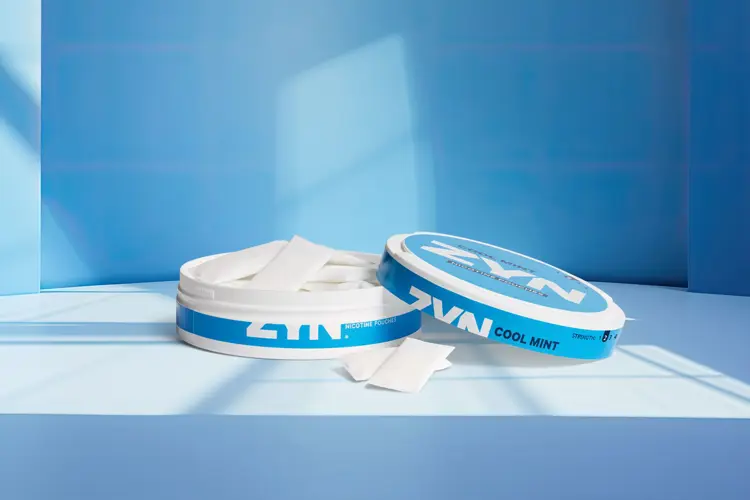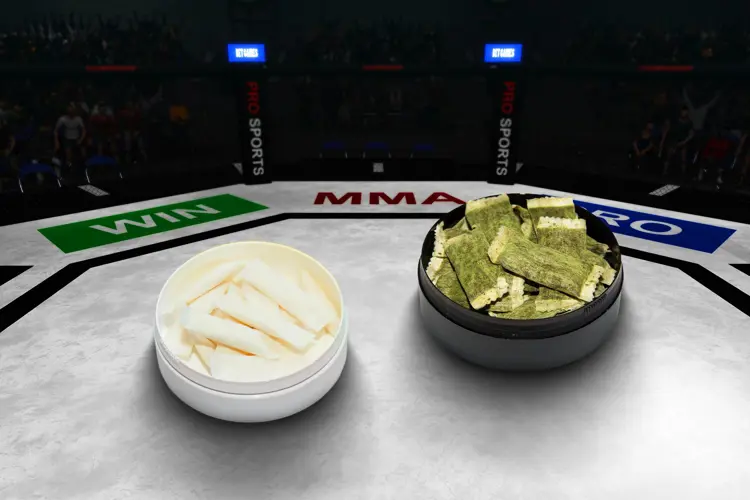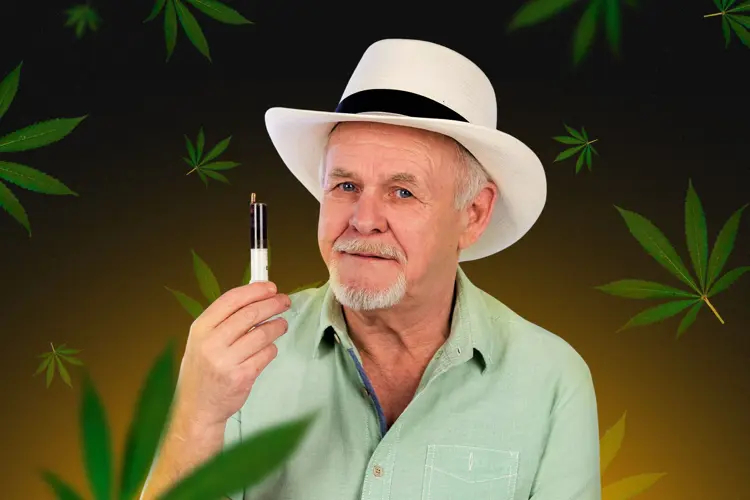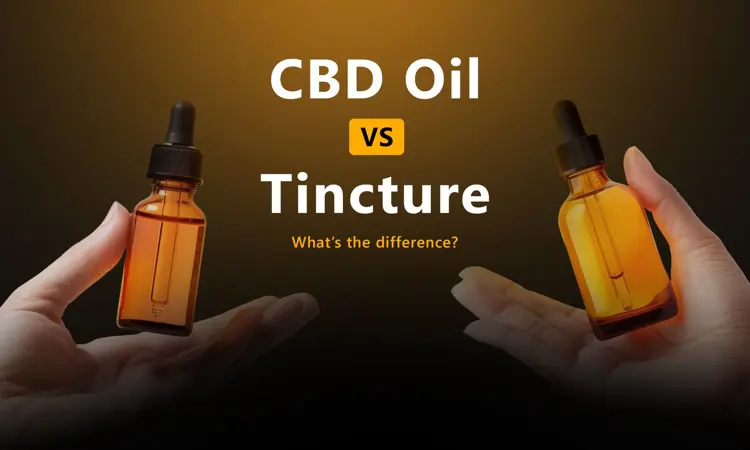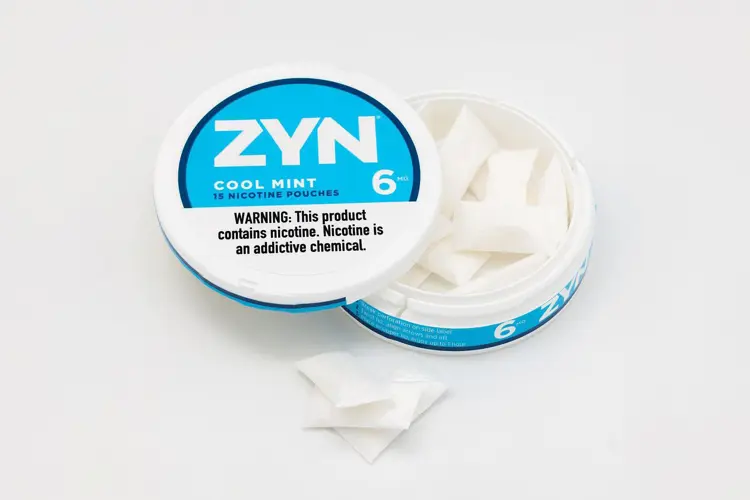Since its invention in the early 2010s, live resin has become a mainstay in the cannabis product market. And with good reason: terpene-rich extracts and waxy concentrates are increasingly in demand. By freezing the bud after harvesting, manufacturers are able to preserve more volatile terpenes, elevating an extract’s flavor and aroma.
Drying and curing flower destroys a large percentage of terpene content. Even so, this isn’t a concern for every consumer; not everyone cares for the grassy flavor of fresh cannabis. Some veer towards the diverse, hearty taste of traditionally prepared bud, and the classic high that follows. Cured resin hits the spot for many flower smokers or vapers first venturing into the world of dabs.
While “resin” simply refers to the sticky sap produced by the trichomes of mature cannabis plants, there are numerous ways to craft resin-derived extracts. Many don’t even feature “resin” in the name.
Then there’s cured resin and live resin, which don’t hide their origins from anyone. Both have their place, and individual preference is key when shopping. If you prioritize THC strength over all else, you’ll probably prefer distillates over live resin or cured resin, anyway.
What is cured resin? Live resin?
Cured resin is a relatively versatile cannabis extract derived from dried and cured bud. On the opposite end, live resin is manufactured from flash-frozen materials. This preserves more terpenes, including myrcene, limonene, and terpinolene.
The appearance of either extract varies, especially when you travel deeper into the concentrate market. Differences in a brand’s preparation and processing lead to a range of aesthetic outcomes. Both live and cured resin vape oils are thick, smooth, and a rich amber shade. That’s pretty consistent between products.
Before post-production treatments, live and cured resin often have a granular, sugary texture. They’re sticky and can be hard to work with, so a dabbing tool is necessary. Unprocessed live resin is typically a saturated, vibrant gold, and can even take on a glassy, yellow/orange hue. Cured resin is similar, but may be a bit more muted than its counterpart—but again, it depends on the specific product.
Sometimes cured resin is referred to as “dead resin,” although this isn’t entirely accurate. Just because the extract isn’t derived from the live plant doesn’t mean its components are dead or less potent. It doesn’t matter whether you’re consuming live or cured resin; both will get you high.
How are live resin and cured resin similar?
Live resin and cured resin have a lot in common. One half of the production process is mirrored between the two, and so are certain qualities of the finished extract.
Solvents and extraction
Both extracts are produced in a closed-loop extractor and use hydrocarbon solvents to separate the THC-filled oil glands (trichomes) from other plant materials.
While solventless extracts like rosin are gaining commercial traction, most concentrates are still solvent-based. In both live and cured resin, solvents like butane and propane are introduced to the preserved bud, only to be purged at a later stage. You don’t need to worry about consuming hydrocarbons.
Unless you have a closed-loop extractor and understand how to safely work with solvents, neither live resin nor cured resin are do-it-yourself extracts. Dying and curing can be performed at home with enough patience, but processing cured flower with butane and propane is a job for professionals.
One valid criticism of solvent-based weed extracts is that they’re less eco-friendly. If that’s a concern for you, live and cured resin may not be a good choice.
Versatility
The extract isn’t necessarily the end product. Thanks to the magic of post-processing, live and cured resin can be processed into a variety of waxy concentrates, as well as oil for use in vape carts. Certain concentrates are easier to work with than others.
Oil-filled vape carts are especially common; they’re also as convenient and beginner-friendly as it gets. After the resin extract has been processed into a thick, smooth oil, it’s rehomed into the cart’s glass chamber. Vape carts can be consumed using any universal 510 thread battery. Dabbers will likely prefer badders or the OG forms of either extract.
Potency
Potency varies based on the extractor and post-processing, but generally, live and cured resin have similar THC content. Damage to resin-producing trichomes can make cured resin marginally less potent, however.
Live and cured resin products typically contain anywhere from 60% to 90% delta 9 THC. Some products have slightly less or more. If your goal is to consume the highest concentration of THC, you may prefer distillates to live or cured resin.
With that in mind, even extracts containing the same THC level won’t always produce the same high. Terpenes and other cannabinoids—and the ways in which these components interact—can make a difference. Your physiology is the final determinant, but in theory, the entourage effect is achievable through many live resin and some cured resin products. This type of high is more fluid and longer-lasting than a high from THC alone.
How are live resin and cured resin different?
While the latter half of their production is alike, bud is treated differently early in the process. Many distinctions between live and cured resin are noticeable during consumption, especially the flavor and aroma.
Post-harvest treatment
Live resin is a high-terpene cannabis extract derived from flash-frozen (also known as fresh-frozen) bud.
The bud is harvested and promptly frozen at subcritical temperatures. Even temperatures in excess of -4 °F (-20 °C) can lead to the gradual loss of terpenes, which are extremely volatile when exposed to heat, oxygen, or sunlight. Industrial freezers do the best job at preserving terpenes and keeping the plant’s chemical profile as intact as possible.
Live resin’s frozen claim to fame doesn’t apply to cured resin. Rather than flash-frozen bud, cured resin uses the drying and curing process associated with traditional cannabis extracts. Plant materials are left to dry for around a week. After moisture has been minimized, the bud is kept in airtight containers for around a month, give or take. This routine helps eliminate chlorophyll and reduce the bud’s grassier notes. Some terpene loss during the curing process is sadly unavoidable.
Flavor
While live resin is famous for its expansive terpene profile and smooth, earthy flavor, cured resin has more in common with regular marijuana bud. It tends toward the cleaner, grassier end of the weed flavor spectrum. Despite the loss of terpenes, its profile is hearty and complex. It just isn’t going to be as green or pungent as live resin. Although cured resin can taste a bit more subtle, both extracts are rich in flavor. Neither is ideal for users seeking a muted profile.
The aroma and flavor of cured and live resin varies depending on the strain they are produced from. Low-quality products may have a slightly bitter, more homogenous taste. Stick to trusted brands and check reviews. You can also vape at a lower voltage if you really want to catch the nuances, regardless of the extract. Neither live nor cured resin requires high power settings. The beauty of vaping is its ability to allow users to experience all the delicate flavors of cannabis rather than burning them up like smoking does.
We can’t say which tastes better, despite these differences. That’s completely dependent on personal preference.
Cost
Live resin products tend to be pricier than those based on cured resin.
Cured resin takes longer to produce due to drying and curing, but the process is still higher yield than live resin. Live resin production is becoming more streamlined over time, and prices have sunk far lower than they once were. In any case, the freezing process and the need for additional equipment can bump up the cost.
Which is better: live resin or cured resin?
Here’s the secret to choosing between live resin and cured resin: giving them both a fair shot and taking your preferences into account. They’re similar extracts with subtle differences, culminating in two unique experiences.
Cured resin is a better pick if you’re a devoted flower user, as the taste and aroma are reminiscent of quality flower. The bud you’re loading into a vaporizer has also been dried and cured. Plus, a cured resin high is generally closer to one from vaping or smoking bud.
On the other hand, the flavor and experience of live resin can be slightly more reliable but will vary between products. This is another area where experimentation is key; some individuals are going to be more sensitive to nuances in flavor and effect. If you want an earthier hit and maximum terpenes, live resin is for you. Just keep your voltage low to destroy fewer terpenes.
Begin with cured resin if you want to save a few dollars. It has a higher yield than live resin, meaning that less bud is needed to make the extract. Using fewer materials allows manufacturers to keep prices down.
Don’t limit yourself to one extract. The cannabis marketplace is growing, and branching out might just lead you to your new favorite product.
President Trump promised during his election campaign to “save vaping," but his administration has undermined that goal at every turn.
The U.S. disposable vape market has grown to $2 billion in annual sales, although nearly none of the products are authorized by the FDA.
More than 30 bills that would impose severe restrictions vaping consumers’ product choices remain active in U.S. state legislatures.
The Freemax REXA PRO and REXA SMART are highly advanced pod vapes, offering seemingly endless features, beautiful touchscreens, and new DUOMAX pods.
The OXVA XLIM Pro 2 DNA is powered by a custom-made Evolv DNA chipset, offering a Replay function and dry hit protection. Read our review to find out more.
The SKE Bar is a 2 mL replaceable pod vape with a 500 mAh battery, a 1.2-ohm mesh coil, and 35 flavors to choose from in 2% nicotine.

